We put so much heart, passion, and love into the brands we build for our clients, and by the end of our time together, we begin to consider these brands our children. It’s hard to give them up and watch them grow from afar, but we’re always so proud when we see our clients nurture and express their brands in such a beautiful way out in the real world.
But before it can get there, a brand must be born from a series of steps, processes, and an amazing amount of research. Below, we’ll highlight some of the main components of a great brand — one that connects with its audience, is memorable and impactful, and expresses what a business stands for, successfully.
We’ve talked about branding before in our insights, but it’s worth a re-cap. Brands aren’t just what you see and they aren’t just what you hear, but those are the two main categories… let’s break it down more specifically:
We talked extensively about brand messaging in our insight “It’s Time for Your Brand to Speak Up.” Specifically, we talked about the importance of brand messaging and how it helps you connect with customers in a deeper way, maintain consistency in marketing materials, and enables you to stand out in a crowded market.
Brand messaging ensures you are saying or writing the right things in alignment with who you are and what your brand stands for. It’s essential your brand comes across clearly to your customers. Let’s briefly review each of the components of brand messaging:
Before you can begin writing your messaging platform, you need to define your brand promise — the answer to the question “What’s in it for me?” You need to understand why your audience should take notice of your brand and then give them the reason. Or at least start to understand the reason as you dig into your brand messaging platform, because it will ultimately inform how you develop the rest of your framework.
Brand promise example: CSU Pueblo
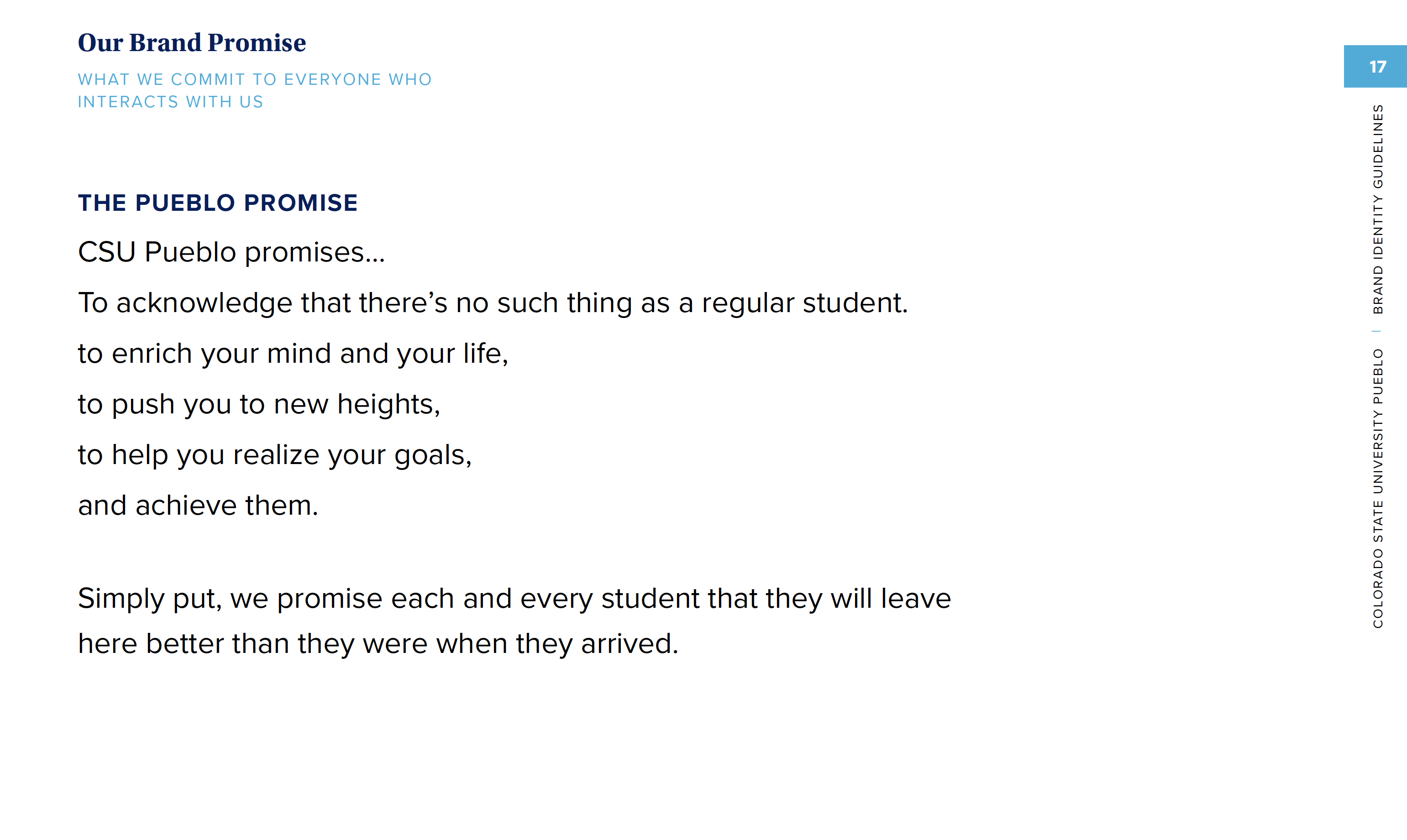
If you’re rebranding and keeping your name, this step can be skipped, but the name should still be kept in consideration as you move into the next portions of the branding process. If you are starting from scratch, let’s say you’re naming and branding a property, it’s important to start with this step. The name can help inform your story and the rest of your brand identity. Think carefully about how your name encompasses who you are or relates to how you want your brand to be perceived. If talking through word of mouth, many may hear the name before they even see the logo — make a good first impression by choosing the right name.
Naming example: The Calo

A strong story helps string your brand through each aspect of the branding process. As you develop each part of the messaging framework and move into identity, you should be able to refer back to the brand story to help answer questions like: What do you represent within your community? Who are you? What do you do for your customers? It’s emotional, informative, and evergreen.
Brand story example: Parlur
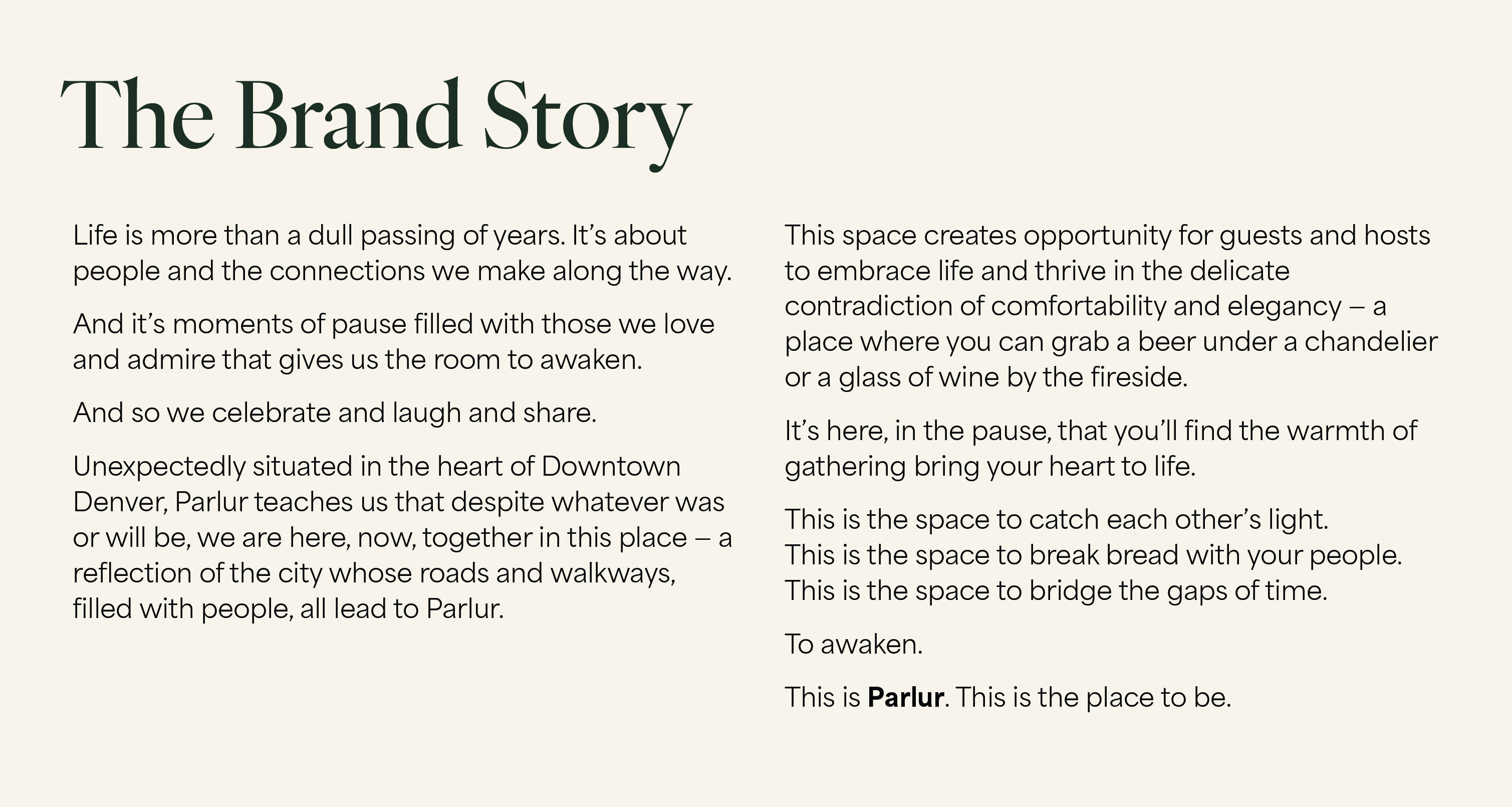
Every great brand has a mission and a vision to drive its mission. These two statements define the purpose of your business — how you’ll make your customers satisfied, and how you will achieve your mission. We like to think of your vision as the ‘bird’s eye view’ big-picture impact you want to have on the world. Your mission is like the marching orders for how to realize your vision.
Mission and vision example: AOR
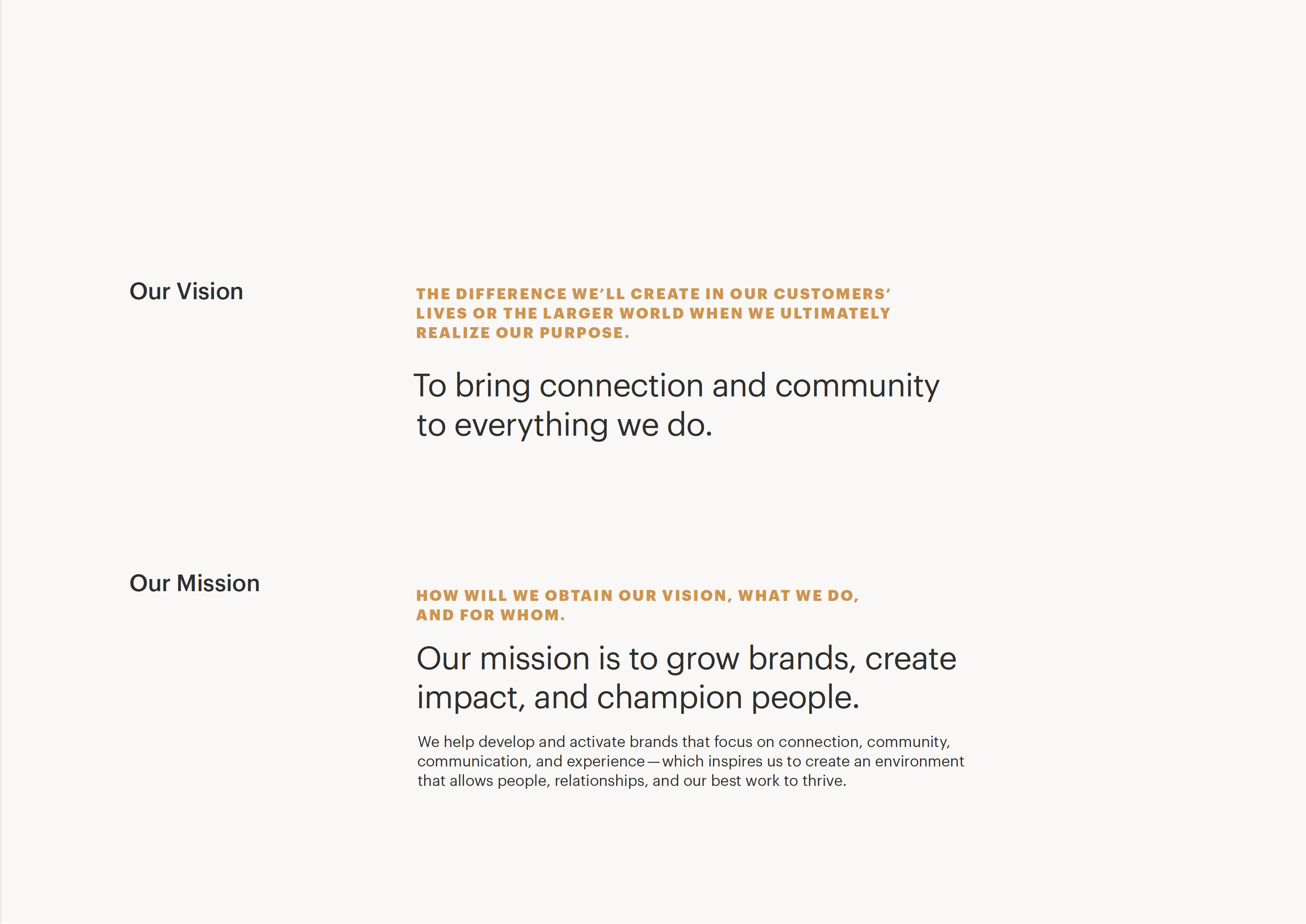
Your tone and voice are the written and verbal expressions of your brand. It may not seem like an important aspect of a brand at first glance, but your tone and voice are present in all aspects of your marketing collateral, how your staff talks to customers, and how, as a business, you speak and interact with your audience.
Tone and voice example: The Calo
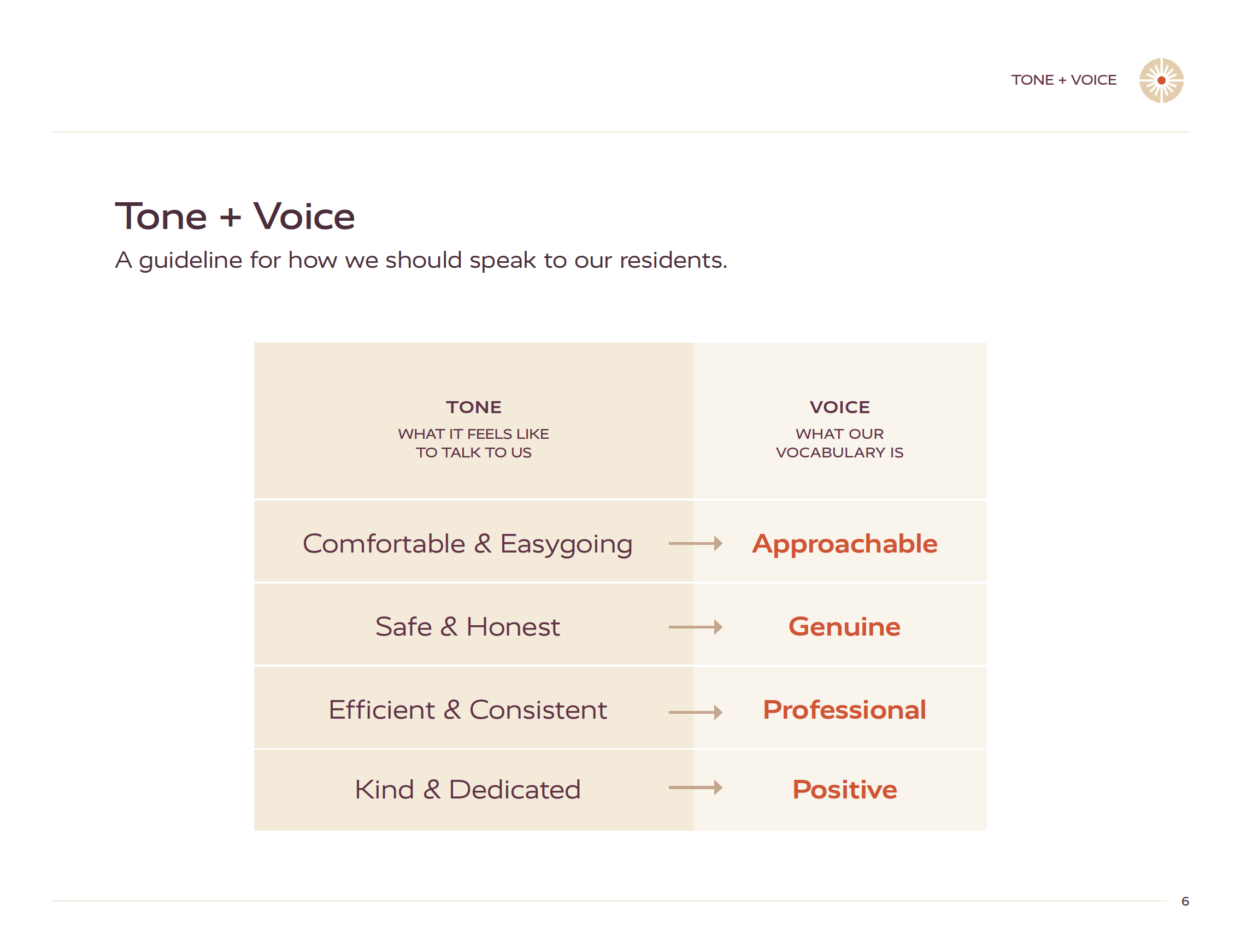
Your brand personality works in connection with your tone and voice. It is a reflection of how you come across to your audience. It’s important to define if you’re hospitable, genuine, caring, dedicated, reliable, etc.
Brand personality example: AOR
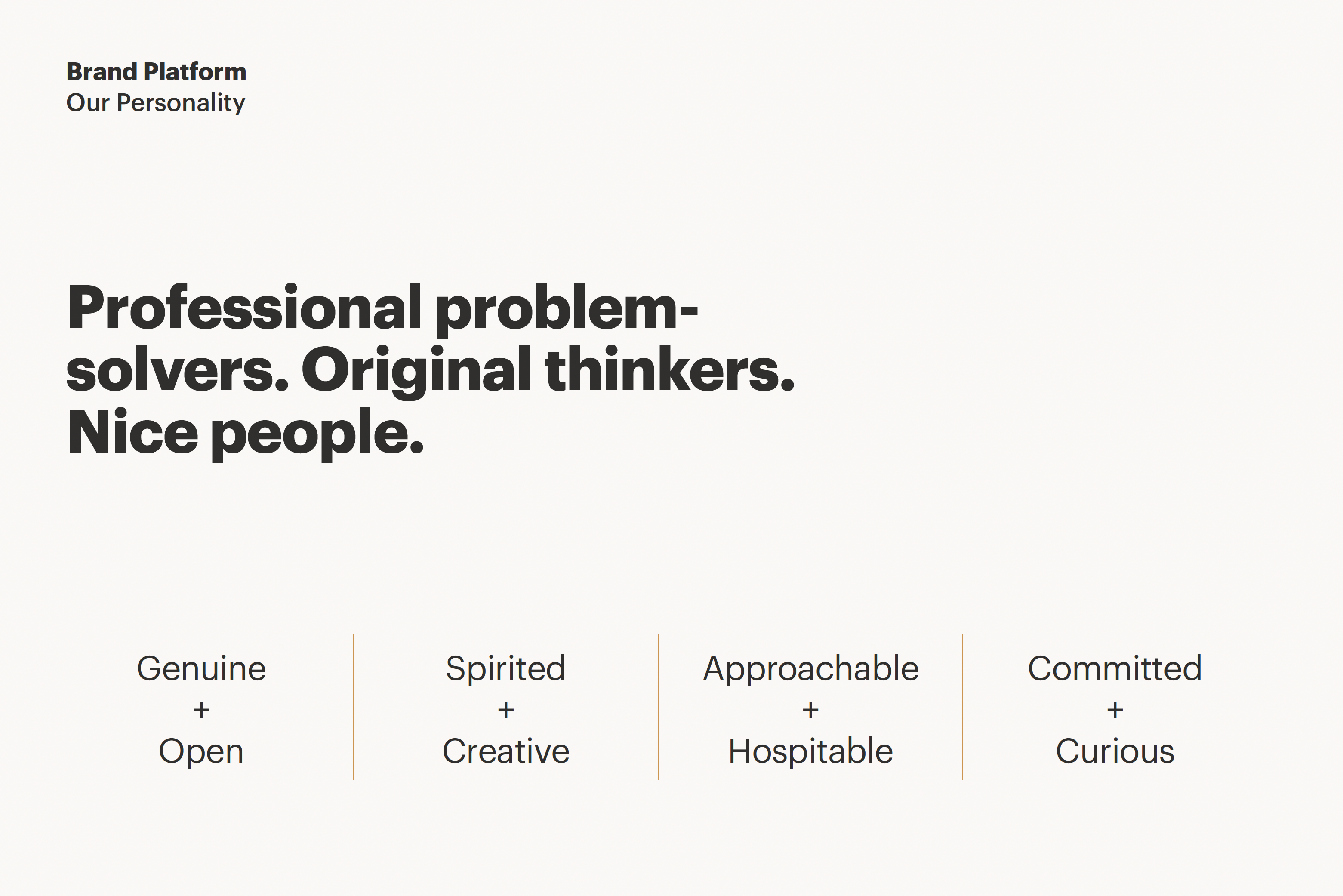
Your core values act as a guiding light for your brand messaging as you move into the audience-facing phases of your brand rollout. Don’t lose sight of them. They’ll help define the beliefs you stand for and are key to helping your customers connect with your brand.
Core values example: Avnet
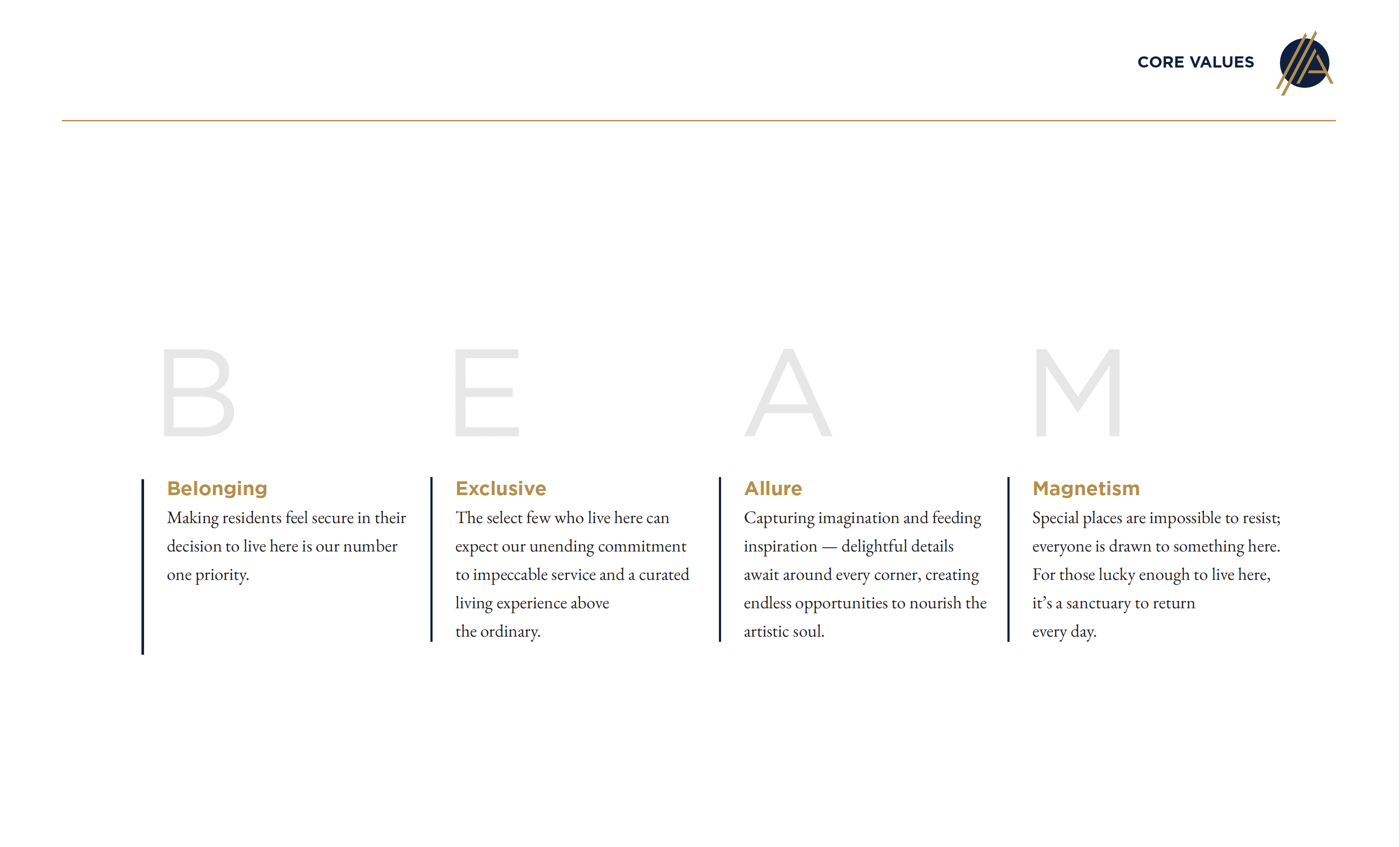
What makes you special? There are millions of brands floating around the world, and most likely thousands in your industry. This step in the branding process helps set you apart from the noise.
Key differentiators example: Aurora Economic Development Council (AEDC)
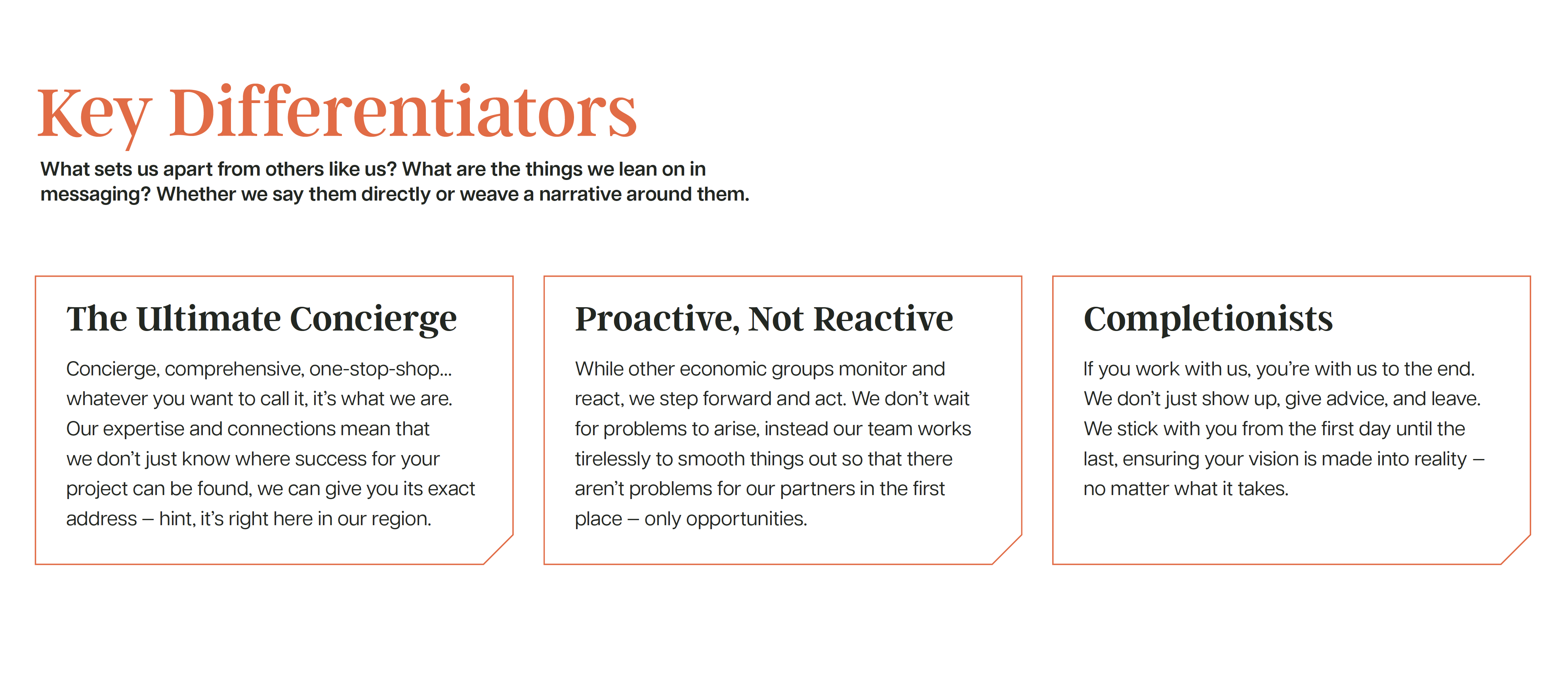
‘The Long Story Short’ is our monthly newsletter highlighting everything from our agency’s latest work to industry happenings at large. Don’t miss out, sign up in the form below!
Keep in mind that the brand messaging platform and general identity (separate from visuals) come first. Your logo and visual collateral need to mean something, and it all starts with the brand messaging. All the aspects of brand messaging we listed above play a role in the development of your logo, colors, fonts, images, and graphics.
A logo won’t be as effective without meaning, and brand identity and messaging are where we find meaning. After they are defined, you can begin to develop visuals.
What’s in a logo? And why is it important? A good logo encapsulates everything a brand is. So all that messaging and purpose talk we spelled out earlier? All important in developing the logo. The goal of the logo is to boil down everything a brand is into one easily recognizable mark through strategic thinking, good design, and a whole lot of rounds of revisions — oh, and plenty of research.
Logo example: Arbory
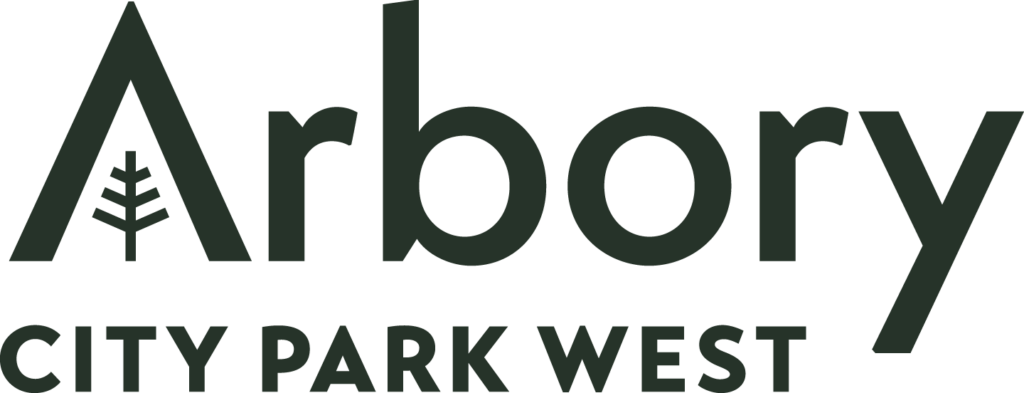
The logo is usually the place we start, but from there, it’s important to develop a whole identity system to inform all variations of marketing material and other collateral for your business. Choosing colors and type for your brand is a strategic decision, they reflect your brand identity, values, and personality while also influencing how your audience perceives you. Just like the logo, the brand colors and type communicate your messaging clearly and most importantly, consistently.
Colors and type example: Aurora Economic Development Council (AEDC)
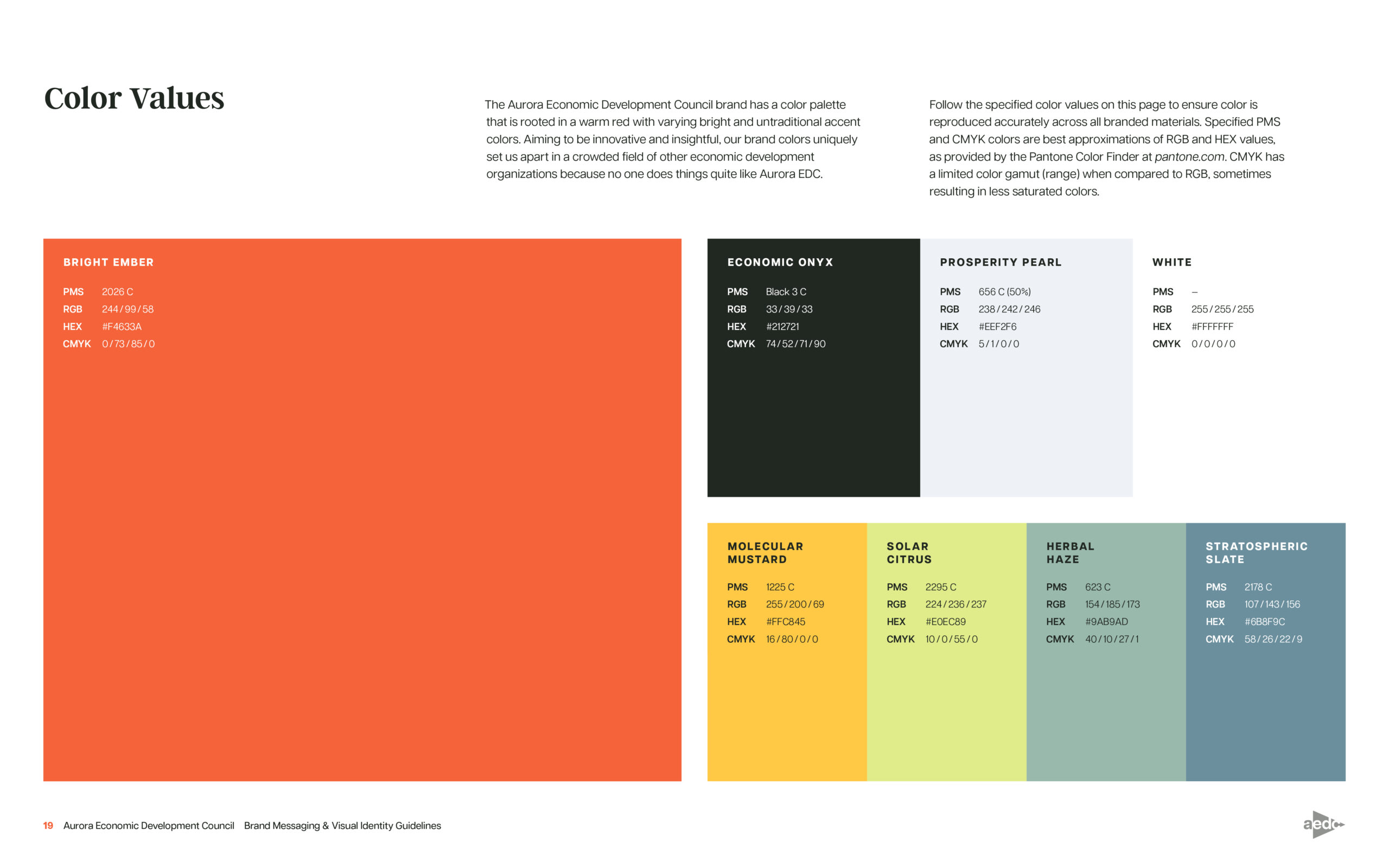
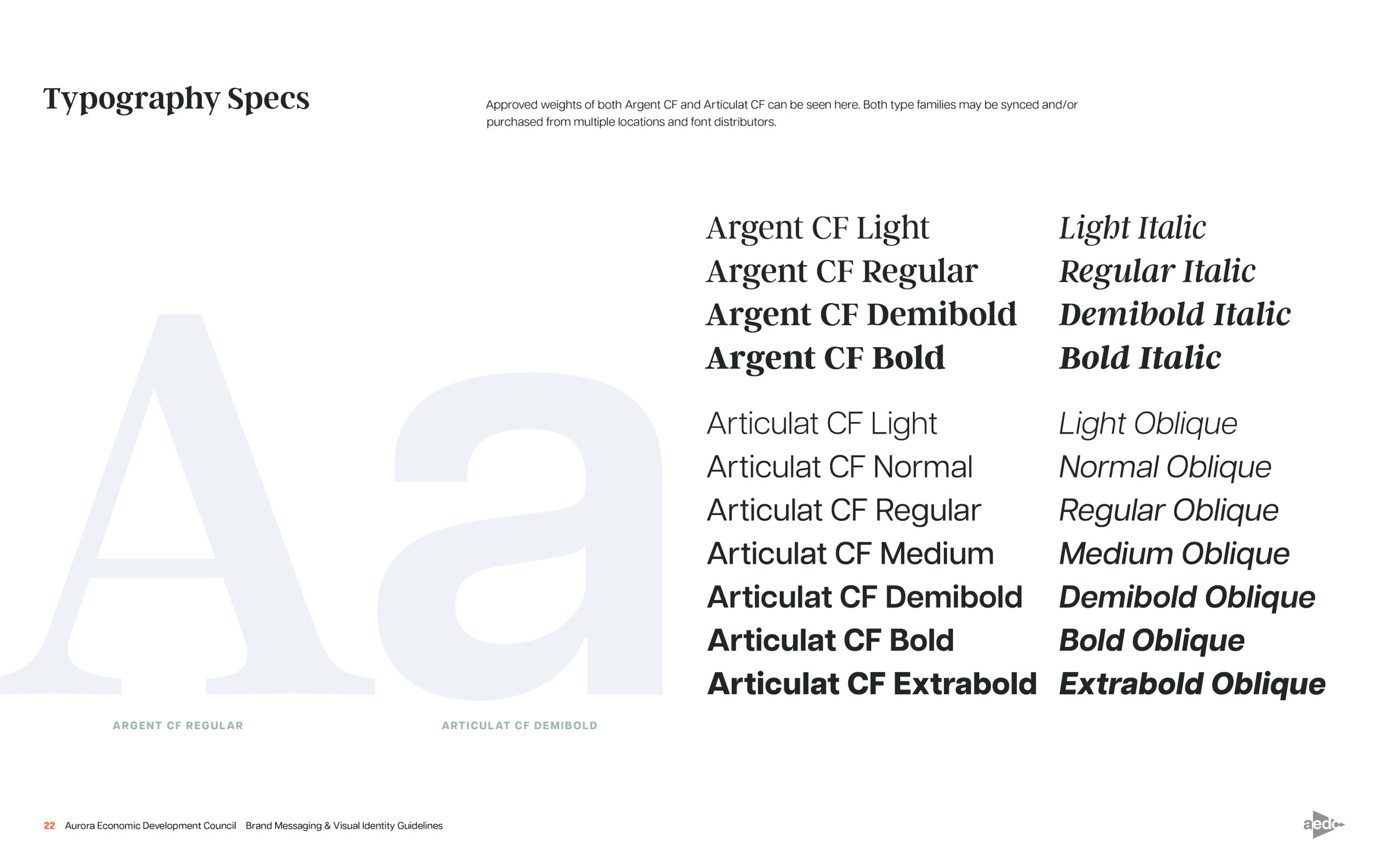
Brand photography and brand graphics (patterns, symbols, etc.) make up your brand imagery and are important for defining your brand identity. Brand imagery continues to bring your brand personality and brand look and feel throughout all of your marketing and communications. It represents who you are, how people should feel when they see you, and what interacting with your brand says about your audience. It’s important to define this part of your brand before getting into the design and execution of the rest of your collateral.
Images and graphics example: DeNOVO Solutions

And that’s everything! Brand is a big word. It means a lot of things, but most importantly, it should mean and reflect who you are as a business. Your audience should be able to look at a few words on a brochure in your voice and with your typeface and know exactly who wrote it — and that’s what we call ~ brand recognition ~ (the ultimate goal of a great brand).
After all is said and done, those kinds of interactions with audience members, and any type of connection you begin to make with your audience is what we call the brand experience. As your brand is released into the world and you start utilizing your guidelines, it’s important to maintain consistency and ensure your interactions with your customer base are authentic and true to your brand, ensuring a positive brand experience.
We’ve chatted with you a lot about branding in our insight series — be sure to check out our other insights scattered throughout this one, we’ve got a lot to say.
In the meantime, if you have any questions about branding or are looking for an agency partner to help make your brand come to life, give us a call. We’re happy to help.